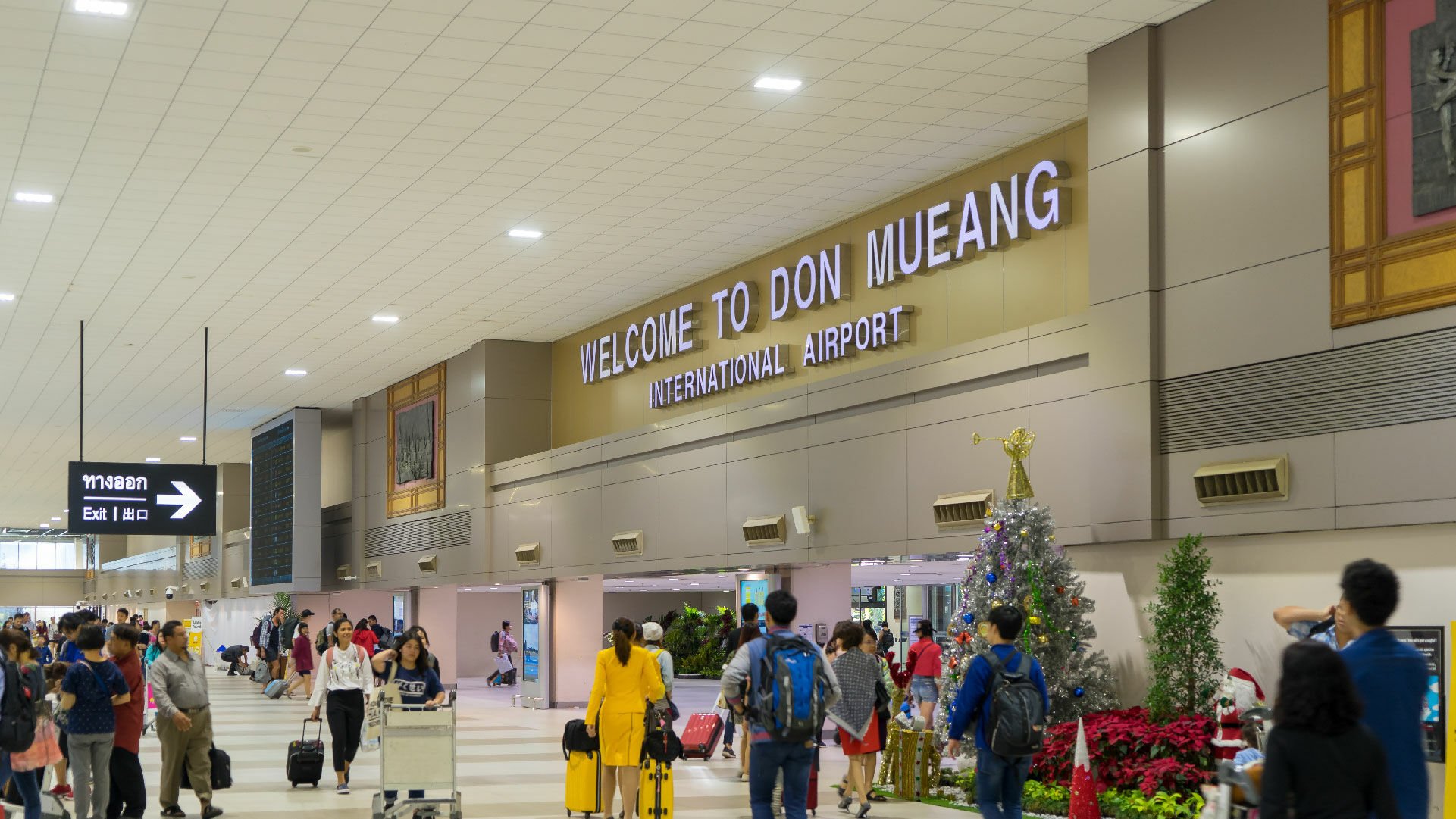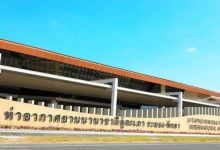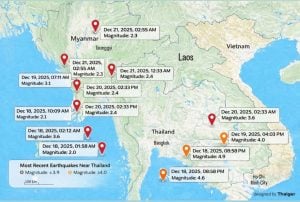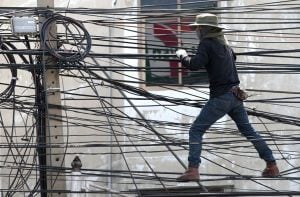Don Mueang Airport expansion planned, while U-Tapao stalls

Airports of Thailand (AOT) has announced its plans to expand Don Mueang International Airport’s low-cost terminal, while U-Tapao Airport’s expansion faces delays. The expansion of Bangkok’s secondary airport aims to increase passenger capacity and bolster tourism income for the country.
Don Mueang’s expansion project has a budget of 36.8 billion baht and is set to begin this year. But the large-scale project won’t be done until 2029. The revamp will be carried out in six segments.
The first step of the project will build a new concourse, a third passenger terminal building south of the airport, and a renovation of a seven-story car park. The second segment focuses on the north side of the airport and will expand the northern concourse, revamp aircraft parking bays, and develop VVIP lounges and offices.
Other segments of the project will focus on environmental work, as well as a remodel of passenger terminal building 1, and the construction of a flight operation area.
The push to increase the number of yearly passengers the airport can handle will target a goal of 30 million to 40 million travellers. The construction of 12 aircraft parking stands and 11 jet bridges will help push numbers higher, giving more space to load and unload planes.
TROUBLE IN PATTAYA
In contrast, U-Tapao Airport which serves Pattaya and Rayong expects delays to the first phase of its expansion plans. Some of the conditions have not been approved by authorities, resulting in a reduced carrying capacity of fewer than 12 million passengers in the initial stages.
A representative of U-Tapao International Aviation Company (UTA) said they are still waiting on the government to finalise the criteria imperative to the letter to proceed. Construction was supposed to begin in January of this year.
The three items currently in limbo involve the broad reach of airport expansion. An environmental health impact assessment must be approved by the Eastern Economic Corridor (EEC) first. Then the high-speed railway designed to connect the airport to the area needs to finalise its operational schedule.
Finally, the auction for a second runway needs to be completed. Conditions have already been settled for sharing the first runway between UTA and the Royal Thai Navy, as well as the high-speed railway station’s location at the airport.
The UTA hopes progress will hasten with a new secretary of the EEC appointed, but believes a mid-year start for construction is likely.
The project might instead lower its scope to account for labour shortages and a post-pandemic lessening of flight traffic. An alternate proposal that shrinks terminal space by 30% to 50% would allow eight million passengers a year instead of the 12 million originally planned. If the EEC agrees, this could be a more attractive investment proposition.
The threshold remains in place that construction of each phase would begin when passenger numbers hit 80% of capacity. If all six phases of the expansion project are completed, U-Tapao Airport could max out at accommodating 60 million passengers per year.
Latest Thailand News
Follow The Thaiger on Google News:


























